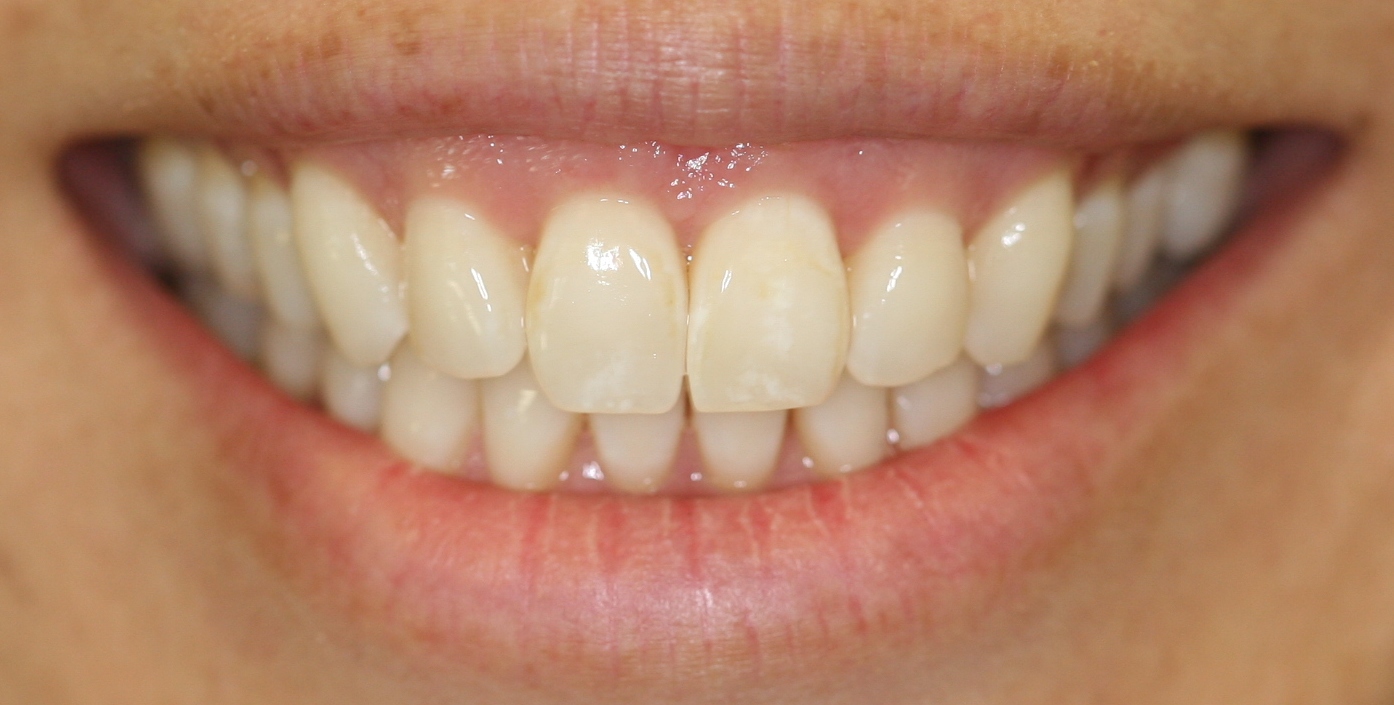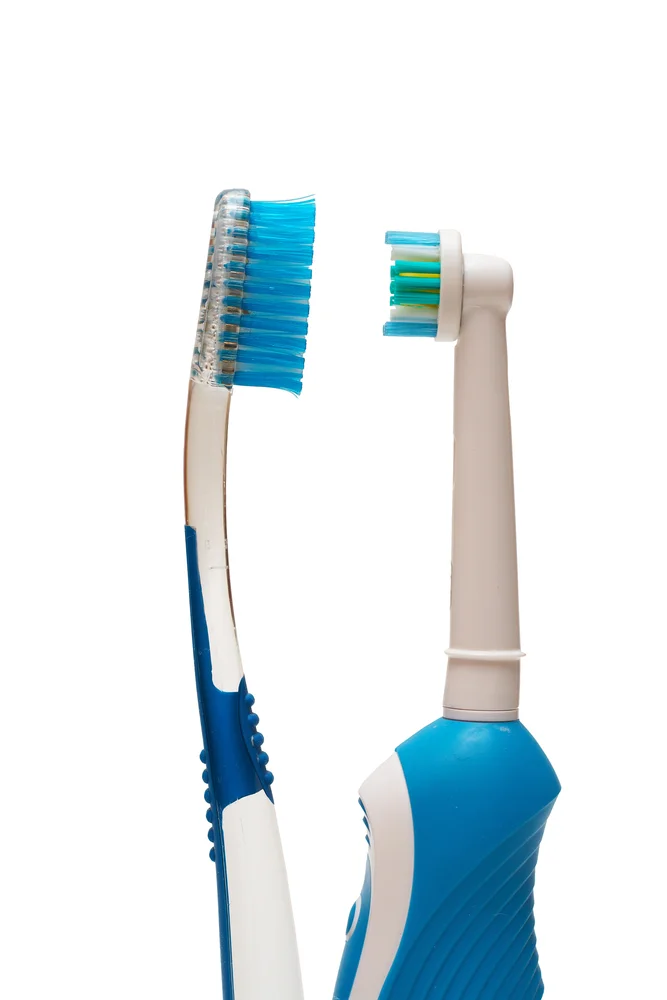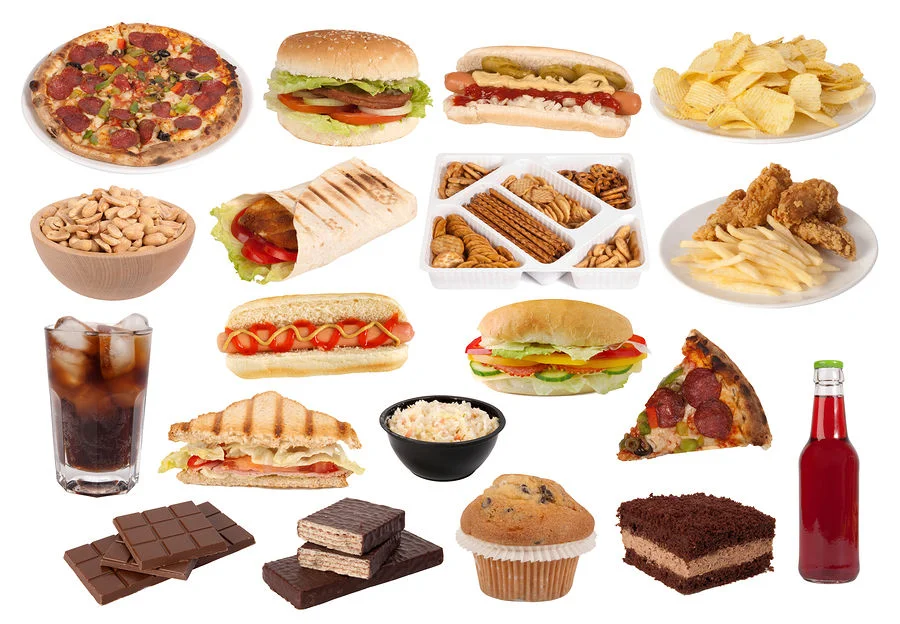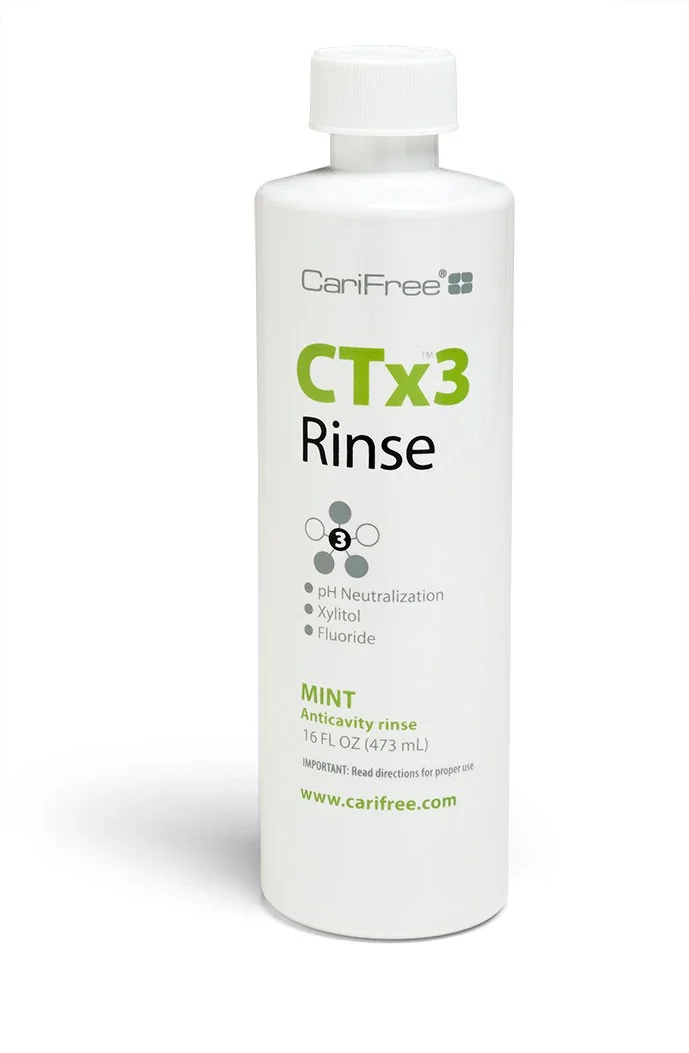Have you ever wondered why it is so easy to spot a perfect smile? It’s something almost all of us can do subconsciously. Beyond straight white teeth, there is something that just seems to stand out on someone with a “Hollywood smile.” Believe it or not, mathematics and proportions dictate the esthetics of our teeth and facial characteristics. By following a few basic ratios and the golden proportion, it is easy to see how a great smile comes together!
When we smile, our maxillary (upper jaw) anterior teeth will show the most. Our two central incisors are flanked by slightly smaller lateral incisors and then by the canines. The premolars and molars behind the canines will show as well, which contributes to the “width” of the smile. In an ideal situation, the line between the two front teeth should run perfectly parallel to a line drawn between the eyes or ears. This measurement is of particular concern in patients with head and neck injuries or asymmetrical faces. In addition, the two central incisors should be about 80% as wide as they are is tall. That is, if the tooth is 10mm tall it should be nearly 8mm wide to look the most natural.
The most important principle to follow in facial esthetics is something called the golden proportion. This principle dictates the relative widths of the anterior teeth. Here, the lateral incisors are used as a reference factor of 1. The central incisors should be 1.618 times the size of the laterals, while the canines should only take up about .618 of the space. These very specific numbers can separate artificial “chicklet” looking teeth from a well rounded and robust natural smile. When performing cosmetic procedures such as crowns and bonding, we always work our hardest to preserve and develop these dimensions.
These ideas and principles dictate how our office works towards creating beautiful and esthetically pleasing smiles. Most people are not born with these ideal dimensions and still have beautiful faces. What these numbers do, however, is establish a guideline for how we approach crowns, dentures, implants and restorations to the anterior teeth. Don’t measure your own smile and become disappointed! These numbers do not take into account a number of other factors that can alter your facial appearance. Everyone has a unique smile and deserves a unique treatment!
At Thousand Oaks Family dentistry, we offer a wide range of services that can create mild to dramatic changes to your smile. As with any procedure, we can only decide what treatment is appropriate for you with a full consultation and exam. If you would like to learn more about facial esthetics and cosmetic dentistry, please contact our office!

























